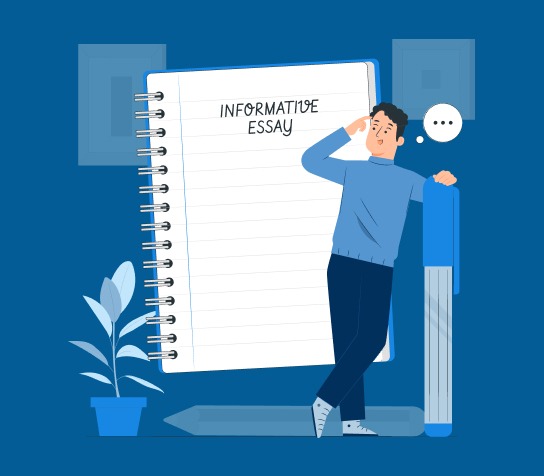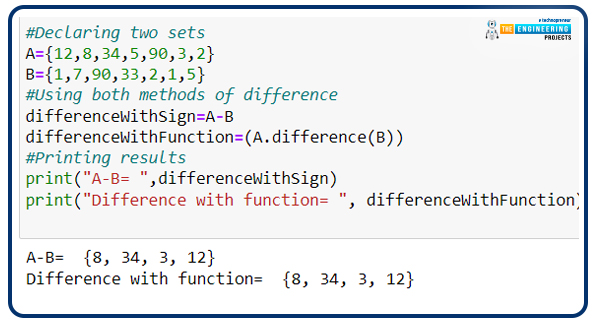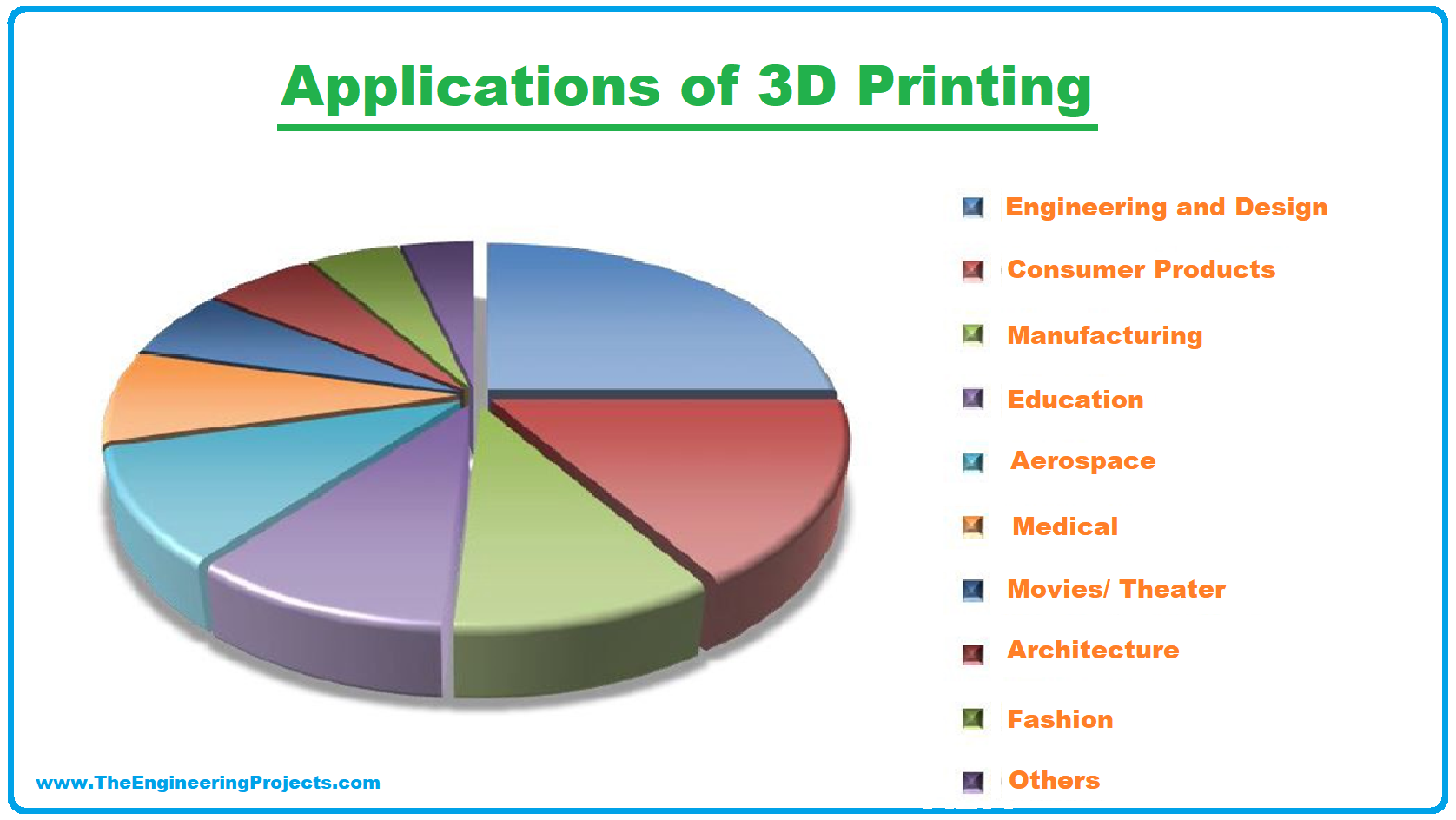

The Beginner's Guide on How to write a Professional Essay


Writing an essay is a critical skill that every student must learn.
It’s not an easy task, I understand.
But with deliberate practice and careful attention you can learn to write an essay like a pro.
Essays serve as a vital tool for academic and personal development, allowing individuals to express their thoughts, opinions, and arguments in a structured and coherent manner.
Whether you are writing a college application essay, a research paper, or a personal narrative, the ability to communicate your ideas effectively is essential.
Needless to say, the job of writing an essay can seem daunting, especially if you are a beginner. This guide aims to provide you with a comprehensive overview of the essay writing process, from preparing to write to formatting and finalizing your work.
In this guide, we’ll learn 8 key steps to write an essay in a compelling and concise way.
Let’s get started.
Step 1: Preparing to Write
Preparing to write an essay is an essential step in the writing process that can make a significant difference in the quality of your work. In fact, it can make or break your entire writing process.
While you prepare to write an essay, make sure you:
Understand the prompt
Before you begin writing, make sure you understand the essay prompt. Carefully read the instructions and identify the key requirements, such as the topic, length, formatting guidelines, and due date.
Brainstorm ideas
Once you have a clear understanding of the prompt, brainstorm ideas for your essay. This can involve creating a mind map, listing ideas, or doing free-writing exercises. Consider the main points you want to make and how you will support them.
Organize your thoughts
Once you have generated ideas, organize them into a coherent structure. This can involve creating an outline or using a graphic organizer to arrange your ideas logically. Having a clear structure will help you stay focused and ensure that your essay flows smoothly.
Conduct research
Based on the type of essay you are writing, you may need to conduct research to support your arguments. This can involve reading academic articles, books, or online sources. Take notes and keep track of your sources to make citing them easier later on.
Step 2: Writing the introduction
The introduction of an essay is a crucial step that sets the tone for the rest of the thoughts you’ll sprinkle on the page. It should grab the reader's attention, provide background information on the topic, and present the thesis statement. The key elements to writing a strong introduction include:
Grab the reader's attention
Start your introduction with a hook that grabs the reader's attention. This can be a quote, a surprising fact, a question, or a personal anecdote related to the topic.
Provide background information
After the hook, provide some background information on the topic. This can involve defining key terms, giving a brief history of the topic, or explaining why it is important.
Present the thesis statement
The thesis statement is the main argument or point of your story. Make it clear, concise, and specific. It is important to include it at the end of your introduction so that the reader knows what to expect in the rest of the essay.
Keep it brief
Your introduction should be brief and to the point. Stop beating around the bush and keep it simple and straightforward. It’s wise to aim for around 10% of the total word count of your essay.
Step 3: Developing body paragraphs
The body paragraphs of an essay are where you present your arguments and support your thesis statement. To make a positive impression and make your prose coherent and concise, you must start your body paragraph with a clear topic sentence that introduces the main point of the paragraph.
Plus, provide evidence to support your argument. You can, for instance, use evidence such as quotes, statistics, or examples to support your argument. Be sure to properly cite your sources. And after presenting evidence, explain how it supports your argument.
This can involve analyzing the evidence, drawing connections to other ideas, or explaining the significance of the evidence. To make your body paragraphs flow well, use transitional words and phrases to connect your ideas and make your writing glide from one sentence to another effortlessly.
Additionally, each paragraph should focus on a single point related to your thesis statement. Avoid introducing new ideas or going off on tangents. Always, use strong, clear language to communicate your ideas effectively. Avoid jargon or overly complex language that can confuse your reader.
Step 4: Crafting a strong conclusion
Crafting a strong conclusion is a vital part of writing an essay. Of course, you wouldn’t want to make the reader hang in the middle anticipating and guessing your entire point. A good conclusion should summarize your main points, restate your thesis statement, and leave a lasting impression on the reader.
To craft a strong conclusion you must:
Summarize your main points
Start your conclusion by summarizing the main points you made in your essay. This helps to remind the reader of your key arguments and provides closure to the essay.
Restate your thesis statement
Restate your thesis statement in a different way than in the introduction. This reinforces the main point of your essay and reminds the reader of what you set out to accomplish.
End with a memorable statement
End your conclusion with a memorable statement that leaves a lasting impression on the reader. This can be a call to action, a question, a powerful quote, or a thought-provoking idea.
Avoid introducing new information
Your conclusion should not introduce new information or arguments. Instead, focus on summarizing your main points and reinforcing your thesis statement.
Keep it concise
Similar to the introduction, your conclusion should be brief and concise. It should support the arguments you made in the entire essay. In fact, it exhibits a quick summary of the points you penned down in the essay.
Step 5: Editing and proofreading
Editing and proofreading are important final steps in the essay writing process. The mistakes and slip-ups come to the surface when you start editing your first draft. One single mistake in the write-up can project an idea of an amateur writer. And you wouldn’t want your entire tedious writing process to go in vain for one single mistake.
The following are some tips for editing and proofreading your essay:
Take a break
After finishing your essay, take a break and come back to it later. This can help you approach your essay with fresh eyes and catch mistakes you may have missed.
Review for structure and organization
Make sure your essay has a clear structure and flows logically. Check that each paragraph relates to your thesis statement and that your arguments are presented in a clear and coherent manner.
Check for grammar and spelling errors
Use a grammar checker or proofread your essay carefully for grammar and spelling errors. Common mistakes include subject-verb agreement, punctuation errors, and misspelled words.
Ensure proper citation
Check that you have properly cited all sources in your essay. Use the appropriate citation style, such as MLA or APA, and make sure all sources are included in your bibliography or works cited page.
Read your essay out loud
Yes, this is important. I have experienced personally that reading out loud provides an entirely different experience. The written words appear different when reading them out loud compared to when you just scan them through your eyes. It can help you catch awkward phrasing, repetition, or other issues with your writing.
Step 6: Formatting and Citations
Proper formatting and citation help to ensure that your essay is clear, professional, and meets academic standards.
The following are some tips for formatting and citing your essay:
Use the appropriate formatting style
Depending on the subject area and instructor's preference, you may be required to use a specific formatting style, such as MLA, APA, or Chicago. Make sure to follow the guidelines for that style consistently throughout your essay.
Set margins and font
Use standard margins and font sizes, such as 1-inch margins and 12-point font. Use a legible font, such as Times New Roman or Arial.
Include a title page
Depending on the formatting style, you may need to include a title page that includes the title of your essay, your name, course name, and date.
Use in-text citations
In-text citations are used to give credit to sources you have referenced within your essay. Depending on the formatting style, citations can be in parentheses, footnotes, or endnotes.
Create a work cited page
A work cited page lists all of the sources you have referenced in your essay. Make sure to follow the appropriate formatting guidelines for your chosen citation style.
Use citation tools
Many citation tools, such as EasyBib and Zotero, can help you format citations correctly and manage your sources.
Step 7: Checking for plagiarism
Checking for plagiarism can ensure that you have not inadvertently used someone else's work without proper citation. To check for plagiarism in your essay you must:
Use plagiarism detection software
There are many plagiarism detection software programs available, such as Turnitin, Grammarly, and Copyscape. These programs compare your essay to a vast database of existing works to identify any instances of plagiarism.
Check for similarities
Look for similarities between your essay and other works by comparing key phrases, sentences, or concepts. This can be done manually or using online tools such as Google Scholar.
Use quotation marks and citations
If you use someone else's words or ideas in your essay, make sure to use quotation marks and properly cite the source. This helps to avoid plagiarism and gives credit where it is due.
Paraphrase correctly
If you paraphrase someone else's work, make sure to put it in your own words and properly cite the source. Paraphrasing is not an excuse for plagiarism, as it still involves using someone else's work.
Step 8: Getting feedback on your essay
Getting feedback on your essay can be a valuable way to improve your writing and make sure your arguments are clear and effective. Here are some tips for getting feedback on your essay:
Ask a trusted friend or classmate
Ask someone you trust to read your essay and provide feedback. Choose someone who can give you honest and constructive criticism.
Seek feedback from a teacher or professor
Your instructor can provide valuable feedback on your essay and help you improve your writing skills. Ask for specific areas to work on or things to improve.
Attend a writing center
Many schools and universities have writing centers where you can get help with your writing. Staff at the writing center can provide feedback on your essay and help you improve your writing skills. Moreover, you can also get help from an essay writing service to make your essay compelling and concise from start to finish.
Use online resources
There are many online writing resources available that can provide feedback on your essay, such as Grammarly and Hemingway Editor. These resources can help you identify areas for improvement and give you suggestions for how to improve your writing.
Consider a peer review
In a peer review, you exchange essays with another student and provide feedback on each other's work. This can be a valuable way to get feedback on your essay and see how others approach the same topic.
Conclusion
Writing an essay is an essential skill that can benefit you in many ways. By following the steps outlined in this beginner's guide, you can learn how to prepare, plan, write, edit, and proofread your essay effectively.
Remember to start by selecting a topic that interests you, and to organize your thoughts and ideas before you begin writing.
Be sure to write a strong introduction, well-developed body paragraphs, and a compelling conclusion that summarizes your main points. Don't forget to edit and proofread your essay carefully to ensure that it is clear, concise, and error-free.
Finally, remember to properly format and cite your essay to meet academic standards. With practice and perseverance, you can master the art of essay writing and communicate your ideas effectively in writing.








 1 user
1 user






 Continue Wishlist
Continue Wishlist





 Getting Started Guide
Getting Started Guide
 Help Center
Help Center
 Contact us
Contact us
 Doist Blog
Doist Blog
 Privacy
Privacy
 Security
Security
 Terms of Service
Terms of Service
 What's new: Channel Descriptions
What's new: Channel Descriptions





 Tutorials
Tutorials syedzainnasir
syedzainnasir 0 Comments
0 Comments








 2.3k
2.3k
 953
953
 921
921
 2.1K
2.1K


 The Beginner's Guide to Writing an Essay
The Beginner's Guide to Writing an Essay

 Saturday, March 11, 2023
Saturday, March 11, 2023
























